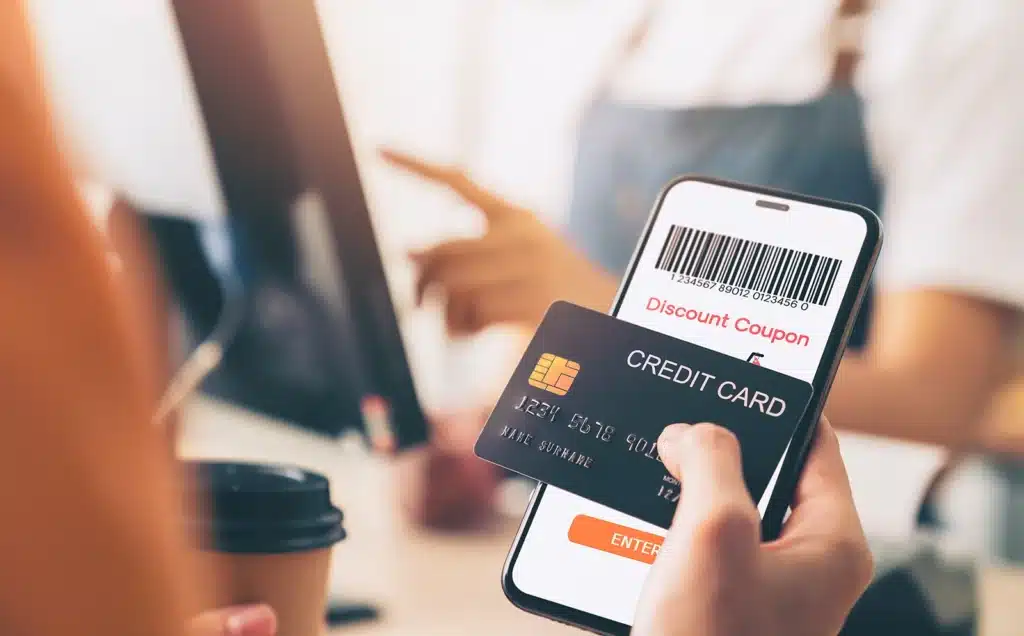Mobile apps have become an integral part of our daily lives, with millions of apps available for download on various app stores. However, creating a successful app is not just about developing a great product, but also about finding ways to monetize it. Let’s explore some common ways to monetize mobile apps and how you can use them to generate revenue for your app.
Understanding App Monetization
App monetization can be done through various methods, such as in-app purchases, advertising, or subscription fees. The key to successful web or mobile app monetization is finding the right balance between generating revenue and providing value to your users. If your app is too focused on making money, it may turn users off and result in low engagement and retention rates. On the other hand, if your app provides too much value without generating revenue, it may not be sustainable in the long run.
App Marketing for Monetization

Before we dive into the different ways to monetize your app, it’s important to mention the role of app marketing in the monetization process. App marketing is the process of promoting your app to potential users and increasing its visibility in the app stores.
Effective app marketing can help you attract more users, increase engagement, and ultimately lead to higher revenue. Some common app marketing strategies include app store optimization, social media marketing, influencer partnerships, and paid advertising. Now, let’s look at some common ways to monetize your mobile app.
In-App Purchases
In-app purchases (IAPs) are a popular way to monetize mobile apps. This involves offering users the option to purchase additional features, content, or virtual goods within the app.
IAPs can be used in various ways, such as offering a premium version of the app with more features, selling virtual currency or items for a game, or providing access to exclusive content. This particular method is effective for gaming apps, where users are willing to spend money to enhance their gaming experience.
To successfully monetize through IAPs, it’s important to strike a balance between offering valuable content and not overwhelming users with too many purchase options. Additionally, it’s important to regularly update and add new content to keep users engaged and willing to spend money.
Subscription Fees
Another popular way to monetize mobile apps is through subscription fees. This involves charging users a recurring fee for access to your app’s content or services. Subscription fees are commonly used by apps that offer ongoing services, such as fitness apps, music streaming apps, or news apps. This method can be highly profitable if you have a loyal user base that is willing to pay for your app’s content or services.
Successfully monetizing through subscription fees, requires that you regularly provide new and valuable content to keep users engaged and justify the recurring fee. Furthermore, it’s important to offer tiered subscription options to cater to different budgets and needs.
Advertising
Advertising is a popular way to monetize mobile apps, particularly for free apps. This method involves displaying ads within the app and earning revenue from clicks or impressions.
Various types of ads can be used in mobile apps, such as banner ads, interstitial ads, and native ads. Banner ads are small ads that are displayed at the top or bottom of the app screen, while interstitial ads are full-screen ads that appear between app screens. Native ads are designed to blend in with the app’s content and provide a more seamless user experience.
In achieving successful monetization through advertising, it’s important to strike a balance between displaying enough ads to generate revenue and not overwhelming users with too many ads. Also, it’s crucial to ensure that the ads are relevant to your app’s audience to increase the chances of clicks and conversions. If these ads are not in line with your audience, the chances of them clicking on an ad are slim – leading to low clicks and conversions which can impact your monetary goals.
User Engagement for Ad Monetization

To maximize ad revenue, it’s important to focus on user engagement. The more engaged your users are, the more likely they are to interact with the ads displayed in your app.
As we mentioned above, you want to use various strategies to keep your audience engaged, such as offering rewards for watching ads, providing personalized content, and regularly updating your app with new features and content.
Sponsorships and Partnerships
Sponsorships and partnerships are another way to monetize mobile apps. This method involves collaborating with brands or businesses to promote their products or services within your app.
For example, a fitness app can partner with a sports brand to promote its products to users, or a food delivery app can partner with a restaurant to offer exclusive discounts to users.
If sponsorships and partnerships are the route you decide to go, it’s important to choose partners that align with your app’s audience and values. It’s key to ensuring that the promotions are relevant and add value to your users.
Data Monetization
Data monetization is a relatively new way to generate revenue from mobile apps. This method involves collecting and analyzing user data and selling it to third-party companies for market research or targeted advertising.
While data monetization can be highly profitable, it’s important to be transparent with your users about the data you collect and how it’ll be used. Most importantly, you want to make certain you’re complying with privacy laws and regulations to protect your users’ data.
Conclusion
In conclusion, there are various ways to monetize mobile apps, and the key to success is finding the right balance between generating revenue and providing value to your users. By understanding your app’s audience and implementing effective app marketing strategies, you can successfully monetize your app and generate revenue for your business.
Remember to regularly assess and adjust your monetization strategies to ensure they are aligned with your app’s goals and your users’ needs. With the right approach, your app can become a profitable and sustainable business.




